
Veterinary orthopedist Randy Boudrieau takes a page from human medicine using titanium plates narrower than a pencil to repair fractured facial bones.

Veterinary orthopedist Randy Boudrieau takes a page from human medicine using titanium plates narrower than a pencil to repair fractured facial bones.
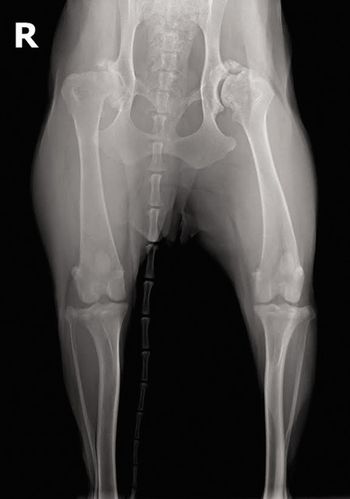
It can be difficult to differentiate between these two orthopedic problems. Luckily, the sit test, among other diagnostic evaluations, can help.

Trying to determine whether a patient has hip dysplasia or a cranial cruciate ligament tear? Here's why sedation may be called for.
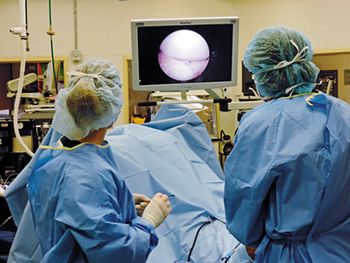
C. Wayne McIlwraith looks back on a veterinary career dedicated to studying and fixing equine joints.

A variety of new products are in development to halt the morbidity and mortality associated with cancer, arthritis and much more.

A look at non-pharmaceutical options to help your veterinary patients suffering from this debilitating disease.

New veterinary treatment options for this common cause of equine lameness are encouraging, but early results raise questions that need answering.

A fairly recent study* showed that 32% of dogs referred to a surgeon for hip dysplasia treatment had, in fact, a torn ACL.
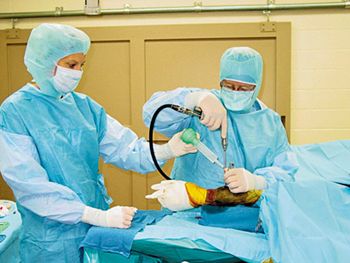
This renowned veterinary orthopedic surgeon says his success has been due to a lot of luck and stumbling into the right mentors along the way.

In addition to promising treatment options, veterinary equine researchers are working to identify horses at risk for laminitis before the debilitating disease sets in.
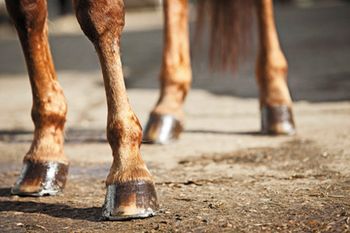
An overview of how this debilitating equine condition affects the foot.

Physical therapist Dr. Carrie Adrian says this is a hard question to answer.
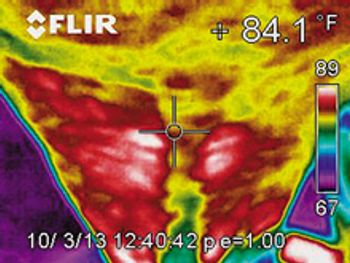
Imaging results, clinical signs and individual circumstances all play a part in addressing this increasingly prevalent condition.
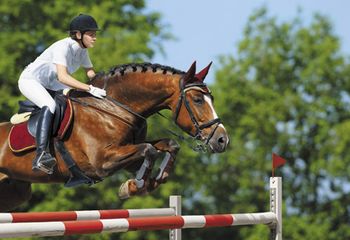
See which sport-horse events lead to the same telltale injuries time and time again.

Are braces an OK option for treating this common injury in canines?

Expand your analgesic arsenal for hindlimb procedures with these two new techniques.

Platelet-rich plasma therapy is being increasingly used in veterinary medicine for canine orthopedic and sports medicine applications, but numerous questions remain regarding this promising treatment.
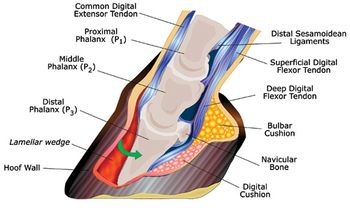
Prevention and veterinary treatment strategies were highlighted at the recent International Conference on Laminitis and Diseases of the Foot.
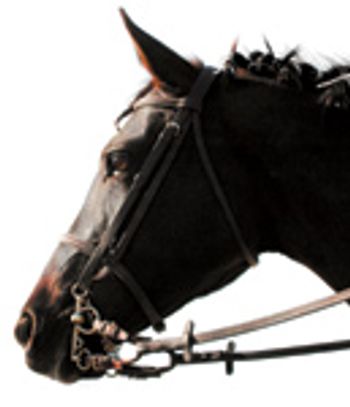
A veterinary overview of the causes, diagnostic approach and treatment options for this common condition in performance horses.

Small changes in your routine can make a big difference in keeping infection at bay in your surgical suite.

In this roundtable discussion, an international group of clinicians discusses various therapeutic strategies, as well as a multimodal approach to treat joint disease in canine and feline patients.

An overview of important points to keep in mind when rehabilitating orthopedic patients.
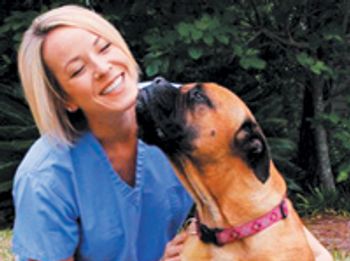
Dr. Wardlaw discusses some therapeutic alternatives to get orthopedic patients comfortably back on their feet.

Implant failures and union problems are preventable. Save your patients from having to endure additional health issues and surgeries by doing it right the first time.

Approach new techniques with certainty following this expert guidance.